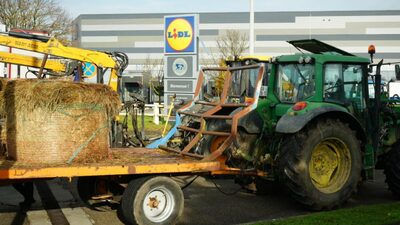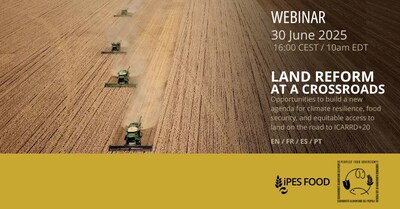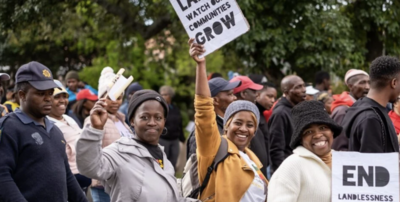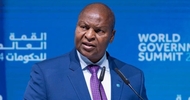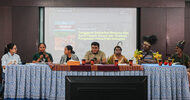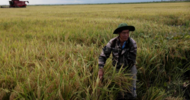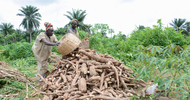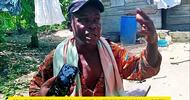From farmland to supermarkets: the growing loss of agricultural land in Europe
by Alice Bergoënd
In Europe, the appropriation of agricultural land by other actors, such as investors and supermarkets, raises concerns by driving up prices and reducing access for future farmers, as well as threatening food security and the sustainability of the EU.
The news made the headlines in Ireland last week: a potato farmer from the Dublin area left a €95 million inheritance to his relatives, most of it coming from the sale of a plot of land so that a shopping centre could be built on it.
The case is not an isolated one. The capture of agricultural land for other activities can be observed elsewhere in Europe.
Last February, Christophe Hansen, the EU commissioner for agriculture, said that the fact that actors other than farmers – such as supermarkets, foreign investors, and investment funds – are buying up agricultural land is putting upward pressure on prices and making it difficult for farmers, especially younger ones, to access land ownership.
This is nothing new. Already in 2011, the Roadmap to a Resource-Efficient Europe was warning about the occupation of natural and agricultural land by buildings and infrastructure – a process known as soil sealing or artificialisation.
In 2022, an analysis by the European Environment Agency (EEA) showed that more than 97,700 km2 of land in the EU had been converted into impervious surfaces. Since 2023, the European Council of Young Farmers (CEJA) has been sounding the alarm over "the rapid pace" of land artificialisation, which it says is "undermining the resilience and sustainability of agricultural systems."
Last week, the Parliament and the Council reached a provisional agreement on a new soil monitoring directive, committing to "no net land take by 2050." For CEJA, however, this is just a principle statement, with "no concrete pathway" to achieve the target – a "failure," in young farmers’ view, "which needs to be addressed via the upcoming EU Land Observatory pilot project."
Bringing light on land ownership
As announced in its vision for agriculture, the European Commission is preparing an EU Land Observatory to monitor access to land – with a focus on land prices and land concentration.
During a workshop with farmers' and member states representatives held in Brussels on 10 April, the Commission announced that a €1 million budget has been allocated for the pilot phase of the project.
Secretary General of the European Landowners' Organisation (ELO) Jürgen Tack told Euractiv that the initiative could prove useful. He also emphasised, however, the challenge of data collecting for farmers and landowners.
"We must guarantee to farmers that the data will be aggregated and will not be used against them," he said.
Go big or go broke
For Tack, the issue is less about identifying the land's owners than about preventing more land from being "taken out of agriculture" and from declining soil quality.
In this respect, the critical point he identifies is rather the divide between the ownership and rental of agricultural land.
"When you own your land, it becomes your capital; it encourages you to invest in its quality for the long term. But when you rent it, it becomes a commodity, you lose interest in its long-term quality."
According to Tack, the solution is to increase the size of farms. “With the environmental transition and the necessary innovations, we have to accept that farms need to become bigger to make the investments profitable."
He calls on the EU to encourage this trend by ceasing to prioritise the allocation of Common Agricultural Policy (CAP) funds to "those who need it most," as stated in the Commission's vision for agriculture, and instead to channel them to "those who deserve it most." "Money should go in priority to those who deliver on productivity and sustainability," he explains.
For him, it is the quality of the soil that should guide land use, so that "the right thing" goes "to the right place."


